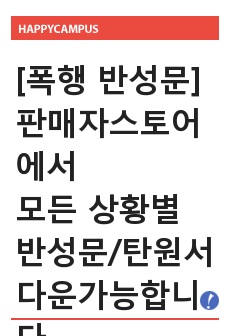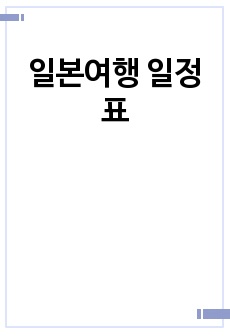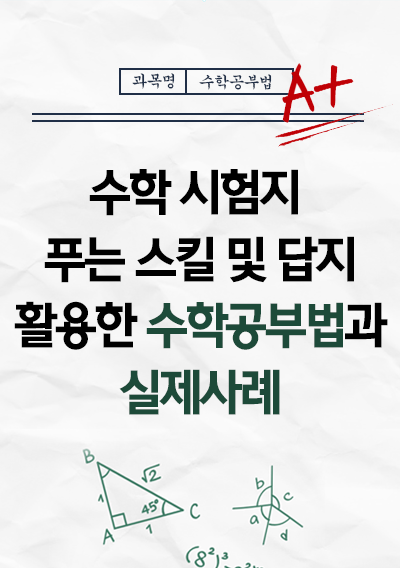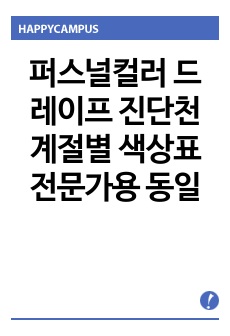Effective removal of arsenide from aqueous solutions using mesoporous CoFe2O4/ graphene oxide nanocomposites assisted by artificial intelligence
* 본 문서는 배포용으로 복사 및 편집이 불가합니다.
서지정보
ㆍ발행기관 : 한국탄소학회
ㆍ수록지정보 : Carbon letters / 31권 / 6호
ㆍ저자명 : Xianliang Wu, Jiwei Hu, Xingfu Wang, Ling Xin, Caifang Li, Xionghui Wei
ㆍ저자명 : Xianliang Wu, Jiwei Hu, Xingfu Wang, Ling Xin, Caifang Li, Xionghui Wei
목차
Abstract1 Introduction
2 Materials and methods
2.1 Materials
2.2 Preparation and characterization of graphene oxide and CoFe2O4GO nanocomposites
2.3 Batch adsorption tests
2.4 RSM based modeling
2.5 ANNs modeling
2.6 Random forest for optimization
2.7 Radial basis function neural network
3 Results and discussion
3.1 Characterization of CoFe2O4GO nanocomposites
3.2 CCD for optimizing the process parameters of arsenide removal
3.3 The modeling and optimizations of AI tools
3.4 Comparison among analysis of variance, GBRT and Garson method
3.5 The characteristics of arsenide adsorbed on Co2Fe2O4GO
3.6 Analysis of adsorption mechanism
4 Conclusion
Acknowledgements
References
영어 초록
This study investigated the arsenide removal by using mesoporous CoFe2O4/ graphene oxide nanocomposites based on batch experiments optimized by artificial intelligence tools. These nanocomposites were prepared by immobilizing cobalt ferrite on graphene oxide and then characterized using various techniques, including small angle X-ray diffraction, high-resolution transmission electron microscopy and energy-dispersive X-ray spectroscopy. Artificial intelligence tools associated with response surface methodology were employed to optimize the conditions of the arsenide removal process. The results showed that back propagation neural network combined with genetic algorithm was suitable for the arsenide removal from aqueous solutions by the nanocomposites based on the minimum average values of absolute errors and the value of R2. The optimal values of the four variables (operating temperature, initial pH, initial arsenide concentration, and contact time) were found to be 25.66 °C, 7.58, 10.78 mg/L and 46.41 min, and the predicted arsenide removal percentage was 84.78%. The verification experiment showed that the arsenide removal percentage was 86.62%, which was close to the predicted value. Three evaluation methods (gradient boosted regression trees, Garson method and analysis of variance) all demonstrated that the temperature was the most important explanatory variable for the arsenide removal. In addition, the arsenide removal process can be depicted with pseudo-second-order kinetics model and Langmuir isotherm, respectively. The thermodynamics investigation disclosed that the adsorption process was of a spontaneously endothermic nature. In summary, this study showed that ANN-GA was an efficient and feasible method in determining the optimum conditions for arsenic removal by CoFe2O4/ graphene oxide nanocomposites.참고 자료
없음태그
"Carbon letters"의 다른 논문
 Effect of kneading and carbonization temperature on the..8페이지
Effect of kneading and carbonization temperature on the..8페이지 Size effect of metal–organic frameworks with iron singl..7페이지
Size effect of metal–organic frameworks with iron singl..7페이지 Fabrication of nitrogen‑doped porous carbon nanofibers ..9페이지
Fabrication of nitrogen‑doped porous carbon nanofibers ..9페이지 Evaluation of carbon nanotubes dispersion in aqueous so..11페이지
Evaluation of carbon nanotubes dispersion in aqueous so..11페이지 Analysis of pore formation and development in carbon bl..10페이지
Analysis of pore formation and development in carbon bl..10페이지 Heteroatom‑doped mesoporous carbon prepared from a cova..8페이지
Heteroatom‑doped mesoporous carbon prepared from a cova..8페이지 Effect of solvent exchange on the properties of carbon ..22페이지
Effect of solvent exchange on the properties of carbon ..22페이지 Facile synthesis of silver nanoparticle‑decorated zinc ..14페이지
Facile synthesis of silver nanoparticle‑decorated zinc ..14페이지 CO2 capture using activated carbon synthesized from dat..12페이지
CO2 capture using activated carbon synthesized from dat..12페이지 Nitrogen‑doped and hierarchically porous carbon derived..12페이지
Nitrogen‑doped and hierarchically porous carbon derived..12페이지

























